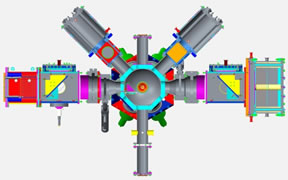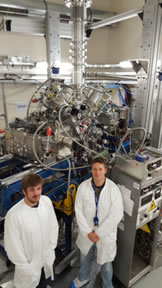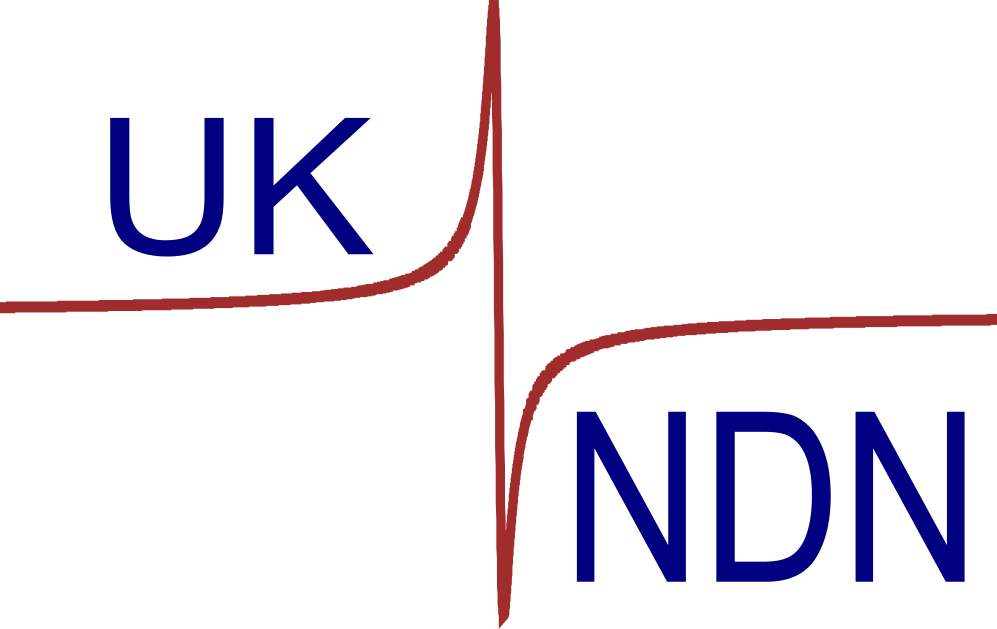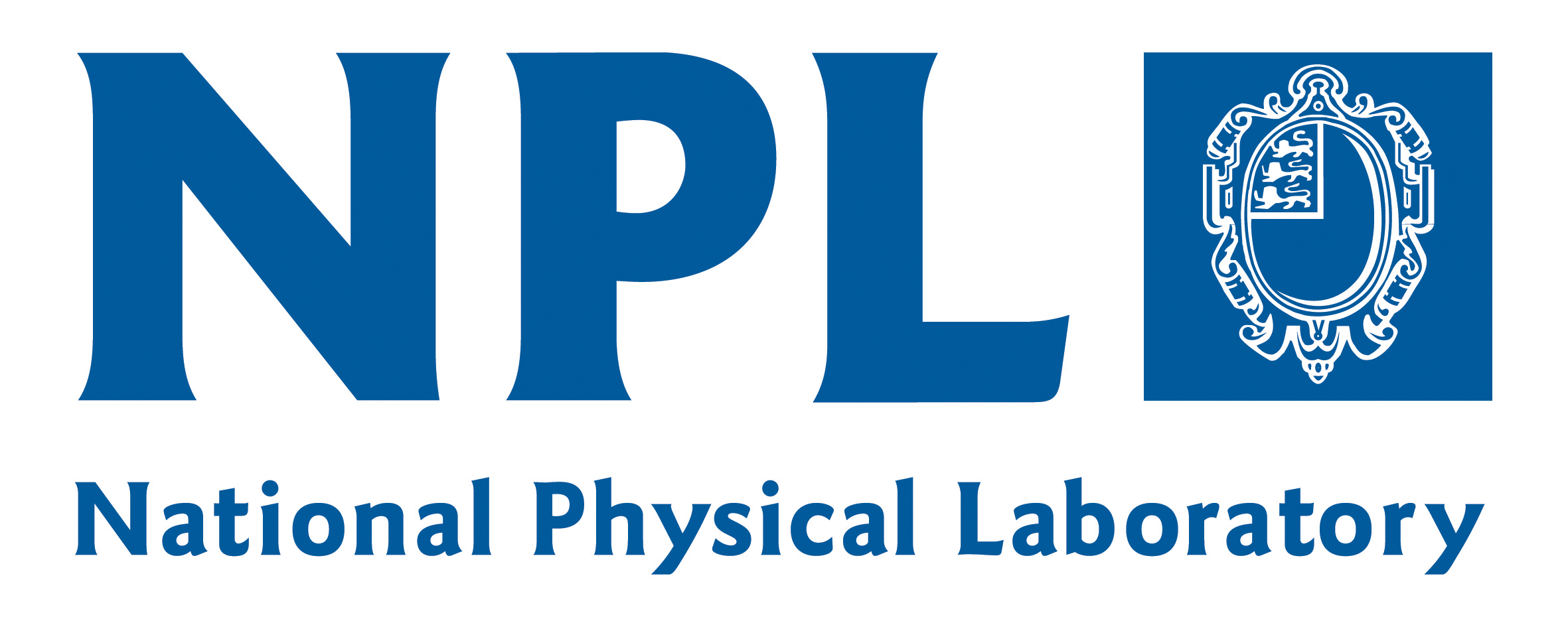Projects
Below are case studies of areas in which UKNDN researchers are involved.
- The 13C(n,γ) Cross Section
- Prompt-Neutron Induced Fission of 238U
- Beta-delayed neutron emission probabilities
- STEFF at n_TOF
Case 1: The 13C(n,γ) Cross Section
The n_TOF collaboration was established in 2000 to measure neutron cross sections for neutron energies across the resonance region and up to 100 keV. The experimental programme at n_TOF is driven by nuclear data needs for fuels for current and new generation reactors as well as fast reactors and ADS. UKNSF have identified the requirement of better data on the radiative capture cross section of 13C. The 13C(n,γ) cross section is a major issue for the UK nuclear industry. The value of this cross section significantly affects the amount of 14C produced in the graphite moderated reactors of which the UK has had 18 (containing 40 units) containing ~96,000 metric tonnes of irradiated graphite. The activated 14C decays via beta radiation to 14N with a half-life of 5730 years, thus to decommission and manage the waste from Magnox, AGR and many research/prototype reactors one must know how much 14C and 14N is present within the initial graphite, given through the cross section 13C(n,γ). The available nuclear data for this reaction is rather dated and it is thought that currently, the 1982 Mughabghab measurement is the only precise measurement of the thermal capture cross section at 1.37±0.04 mb. The accuracy of this value is in question and is in disagreement with earlier activation based measurements which find a value of 0.8-1.0±0.2 mb. The international nuclear data community cannot reach a consensus on the cross section due to the range of values. For example, the latest Mughabghab evaluation (2006) of thermal cross-sections adopted the 1982 measurement, whereas other nuclear data users have adopted data from the earlier activation measurements. A further measurement (or measurements) is essential to the community to bring clarity to the values currently used within industry to help plan decommissioning activities at these reactors. We envisage an application for project funds to make these measurements. The continued use of the n_TOF facility is crucial for this work.
Case 2: Prompt-Neutron Induced Fission of 238U
This project proposes to construct and utilize a highly-selective, hybrid fast-timing/high-resolution gamma-ray spectrometer by combining up to 36 LaBr3 scintillation detectors from the STFC-funded UK NUSTAR project and the NPL / National Measurement Office funded National Nuclear Array (NANA), together with available Hyper-Pure Germanium detectors at the Institute of Nuclear Physics (IPN) Orsay, France. This unique spectroscopic device is planned to be situated at the ALTO radioactive beam facility of the IPN Orsay and be available for an experimental campaign from summer 2016 onwards for precision spectroscopic studies of decays of neutron rich fission fragment residue nuclei. The studies will focus on spectroscopy of neutron-rich fission-fragment nuclei using gamma-ray emission following fast neutron-induced fission using the LICORNE directional neutron source. This will provide both nuclear structure information on the fission fragments produced and also additional information on the angular momentum and excitation energy distribution of the prompt fission fragments in fast-neutron induced fission. The data will provide information on prompt gamma heat in potential Gen IV / fast-neutron nuclear reactors.
Case 3: Beta-delayed neutron emission probabilities
Beta-delayed neutron emission is necessary for control of a thermal reactor. This project aims to contribute to the accurate evaluation and measurement of beta-delayed neutron decay probabilities (Pn values) in a wide range of neutron-rich nuclei which will be created artificially in state of the art nuclear science laboratories in Japan (RIBF) and Europe (FAIR & JYFL). The data obtained in this project will provide important checks on existing nuclear data on beta-delayed neutron emissions and, it is hoped, provide the first data on a number of neutron-rich nuclides which have not been able to be accurately studied before.
| The Manchester group has developed a fission-fragment spectrometer (STEFF) for use at neutron facilities. This device consists of two long flight arms and two short flight arms, each of which comprises an evacuated time-of-flight section followed by a Bragg ionization detector, in which the fragments stop in isobutene gas. |  |
Measurements of kinetic energy, mass and atomic number of the fission fragments are made. STEFF also includes an array of 12 NaI scintillators for measurement of gamma-ray multiplicity and energy distributions. STEFF will be used at n_TOF in 2016 to make gamma-ray measurements that meet the NEA high-priority request for improved gamma-ray data to better determine the heating effects outside the core of a reactor.
| Potential designs for the next generation of reactors include sodium cooled, lead cooled and gas cooled fast reactors. These reactors have considerably different neutron spectra generating fission. There are a limited number of available fission yield measurements in fast neutron spectra, ranging from measurements in different prototype fast reactors (a wide range of softer spectra), critical assemblies (harder spectra) and a few accelerator based measurements. In the case of fission product mass distributions, the neutron energy dependence of the mass distributions combined with the wide range of poorly defined neutron spectra used in measurements makes it impossible to determine the variation of the mass distribution with neutron energy in sufficient detail to allow accurate estimates of fission yields in next generation reactors to be obtained. |  |
In addition, the extremely limited charge distribution data (less than 20 measurements of 16 radionuclides for 238U) makes modelling of the charge distribution of the >1500 fission products produced by fission highly uncertain. It should be noted that these uncertainties on fast reaction fission products have a very small effect on reactor operation, but will strongly effect the development of fast reactor fuel cycles. STEFF will allow yield measurements to be made using the same equipment of a wide range of neutron energies in the fast spectra range determining both the mass and charge distribution information. These data will allow the generation of much improved evaluations of fission product yields. 238U, 239Pu and 237Np for neutron energies in the range 1-20 MeV. At these energies, yield distributions are not known to better than about 20 percent and are hampered by systematic errors due to normalizations between different experiments. The new data, particularly in the energy range 1-5 MeV, will significantly enhance the accuracy of calculations of the delayed-neutron flux in fast reactors, which depend crucially on the details of the fission yield distribution. The resulting data will be fed through for evaluation in a future JEFF fission-yield file.






